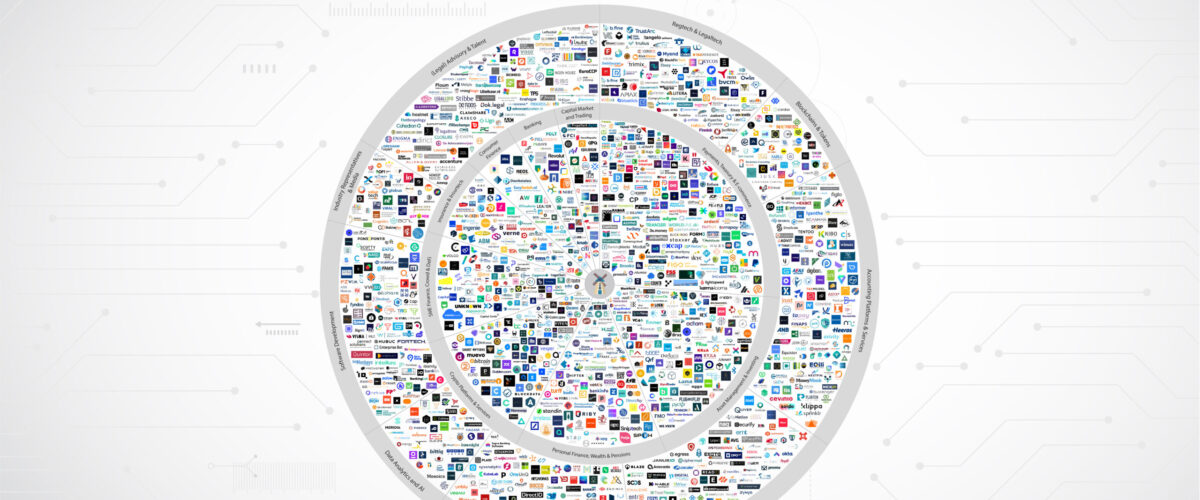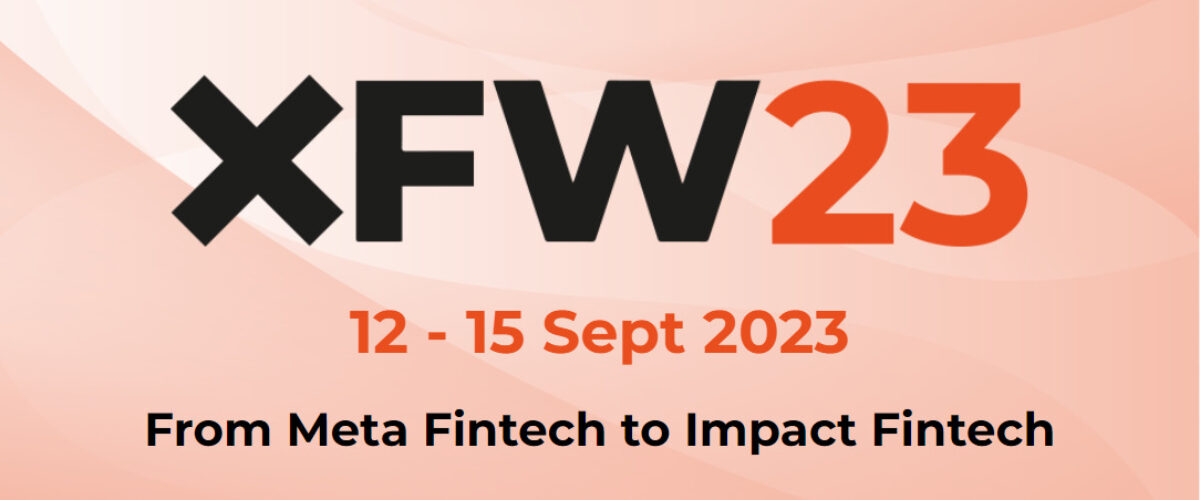Generative AI is revolutionizing the banking industry, offering accessible and versatile tools that are transforming the way financial institutions operate and engage with their customers. This article explores the rise of generative AI in banking, its applications, and its potential to reshape the financial services sector.
The Rise of Generative AI
Generative AI (GAI) has experienced exponential growth in recent years. Unlike traditional AI, GAI enables the creation of content from scratch, including text, images, audio, video, and code. Its rapid adoption is driven by its accessibility and versatility.
A survey by FintechOS found that 41% of financial services professionals reported using GAI within their organizations. This adoption is attributed to the technology’s ability to go beyond recognizing patterns and analyzing existing data, allowing it to generate various types of content.
Generative AI in Banking Use Cases
Generative AI has various applications in the banking sector, categorized into five key areas:
- Classification: GAI can classify both internal and external data, aiding in identifying fraudulent transactions, creating comprehensive credit scoring models, categorizing customer service calls, and suggesting personalized financial products. However, human oversight is essential for critical decisions.
- Editing: GAI can make visual and textual changes to documents, such as logo removal, grammar correction, and content translation. This feature is typically used by internal employees, necessitating proper training and workflow integration.
- Summarization: GAI excels at summarizing large volumes of structured and unstructured data, making it valuable for tasks like compiling customer communications, creating highlight videos, and generating charts and graphs for client presentations.
- Answering Questions: GAI can be trained to answer customer inquiries and assist internal teams with processes using text-to-speech and speech-to-text technology, improving efficiency across multiple channels.
- Content Drafting: GAI can generate original content in various formats, including financial forecasts, marketing materials, financial advice, and follow-up emails for loan applications. Human oversight and data quality are essential for reliable results in each use case.
The Power of Integration
The full potential of generative AI in banking emerges when its capabilities are integrated. By combining GAI applications, financial institutions can streamline operations, enhance customer experiences, and innovate in creating financial products. However, such integration is not without risks.
The Darker Side of Generative AI
While GAI offers immense potential, it also presents societal, environmental, and legal risks. Concerns include customer data privacy, intellectual property, bias, security, explainability, reliability, and organizational impact. Many employees fear that GAI could eventually replace their jobs, which might hinder internal adoption.
Adopting Generative AI in Banking
Organizations can approach generative AI adoption through three methods:
- Buy: Leverage publicly available models or Software-as-a-Service (SaaS) solutions, suitable for simple implementations like website chatbots.
- Adapt: Elevate publicly available models or SaaS solutions by integrating them with internal data and systems, requiring a larger investment and additional technical expertise.
- Build: Reserved for major financial institutions, this approach involves building custom foundational models from scratch, necessitating a substantial upfront investment and high technical expertise.
Best Practices for Implementing Generative AI in Banking
To maximize the benefits of generative AI in banking, organizations should consider the following best practices:
- Establish cross-functional teams to balance high-value initiatives with potential risks.
- Encourage experimentation, starting with low-cost-error use cases.
- Cultivate the right skills internally.
- Leverage modern technology stacks for scalability and innovation, ensuring seamless integration with existing systems.
Conclusion: Generative AI in Banking is a Game-Changer
Generative AI’s accessibility, versatility, and potential for innovation are already reshaping the banking industry. Despite challenges and risks, embracing generative AI positions banks to enhance customer experiences, streamline operations, and drive financial innovation. As organizations continue to experiment and integrate these technologies, they will be better prepared for the opportunities and challenges of the evolving financial landscape. Read full article here.



